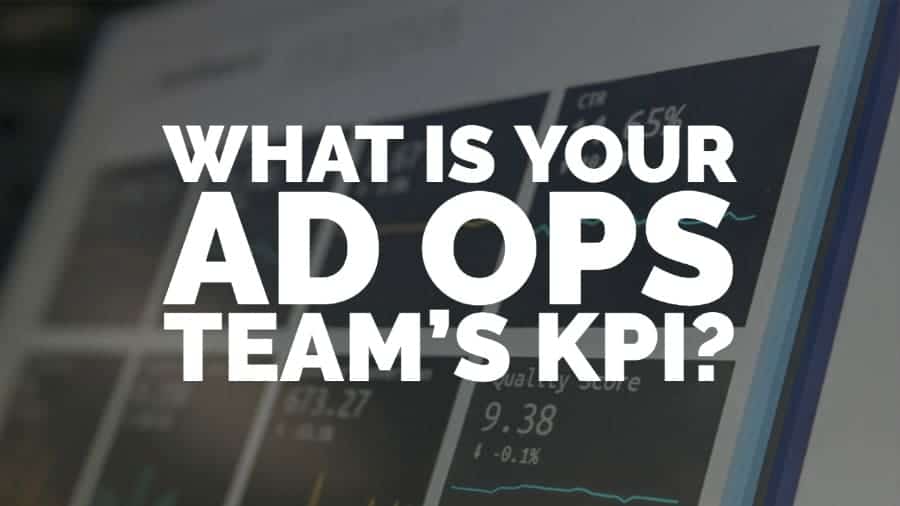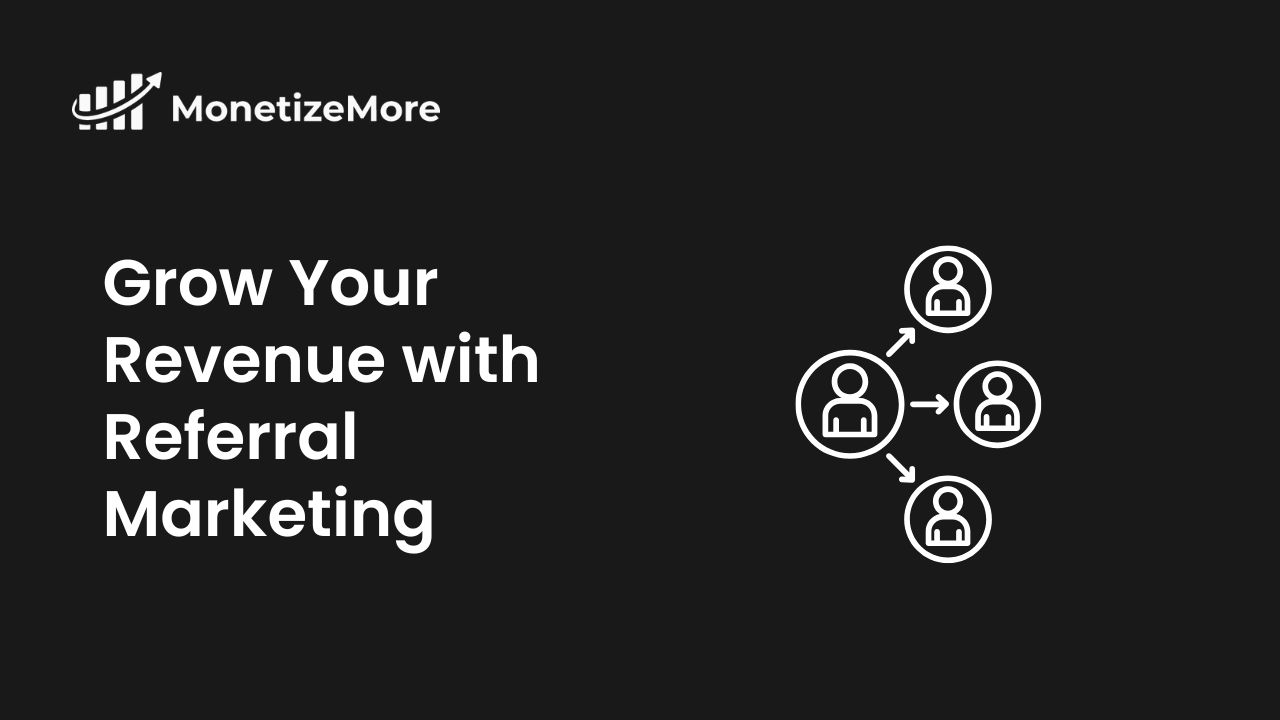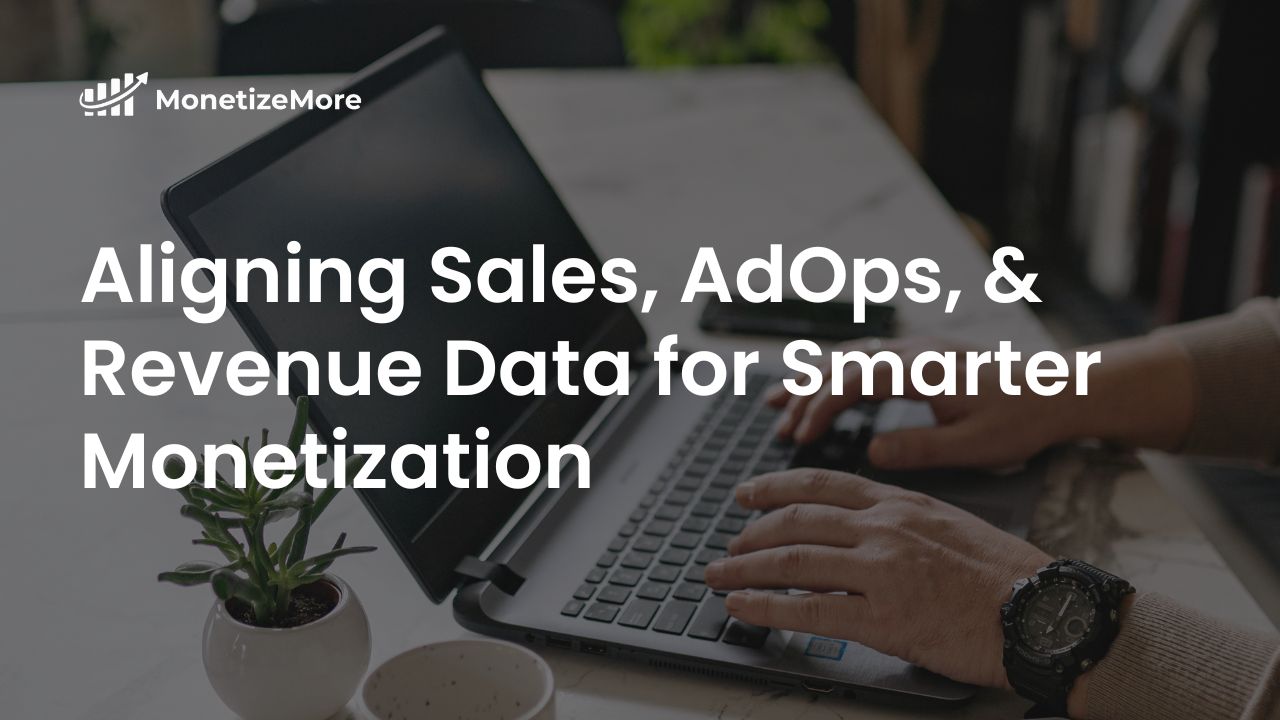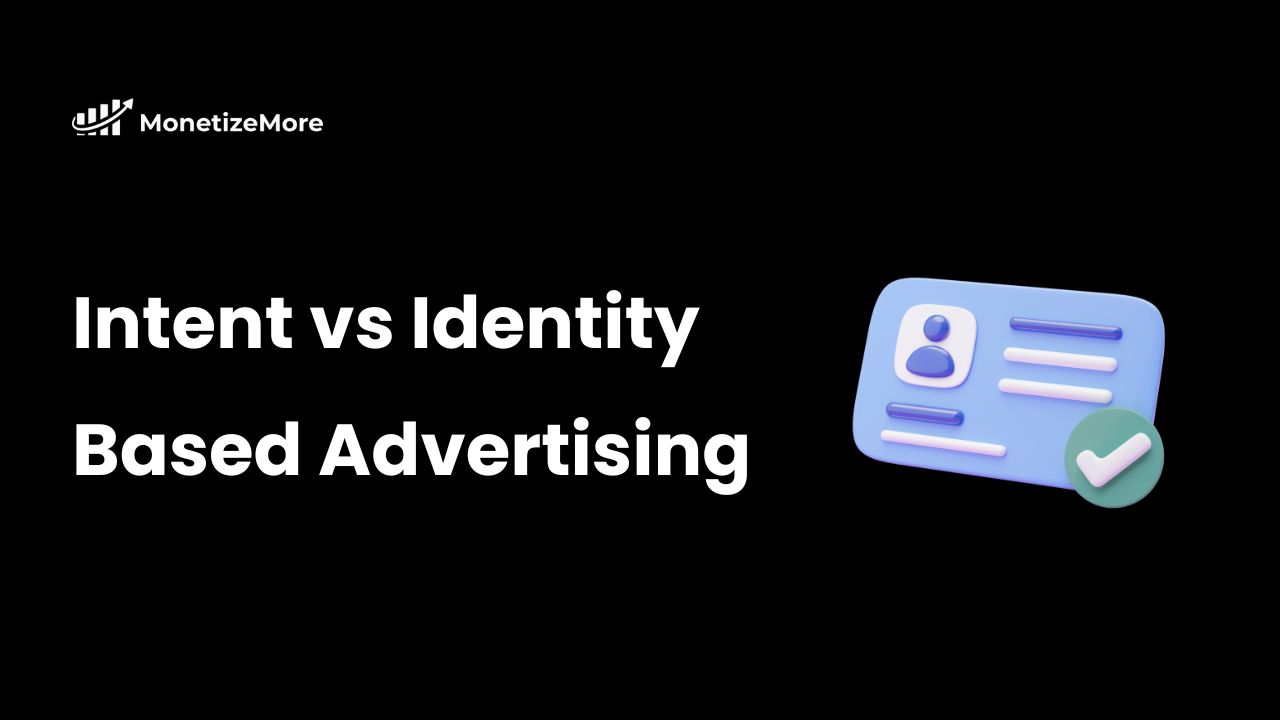
It is an undeniable fact that an ad ops team plays a significant in publisher website monetization. The ad ops team implements the website’s monetization plan and focuses on maximizing potential ad revenue. Being able to think critically, working with data to answer questions, and apply problem-solving solutions are some of the skill sets needed in an ad ops team. Every team member needs both amazing and delicate abilities to prevail in their everyday tasks.
An ad ops team also knows how challenging overseeing requests can be. Publishers want results, and most of the time, they need them ASAP. There are times we face issues, surge demands, questions regarding performance, and we become hasty in making decisions. This hastiness can lead to ad ops to commit lapses, thus sometimes resulted in revenue loss or worse, losing the publisher. However, this can be avoided by setting up clear goals, and by making sure that processes are aligned with objectives.
As with any organization or team, ad ops should always measure their performance against their company’s objectives. This is usually done by using Key Performance Indicators (KPI) – a value that can be measured against a set of goals. Using KPIs, the team then can assess if they are successful or not in reaching their targets.
One of the main objectives of ad optimization is to maximize a publisher’s ad revenue potential. KPIs should also reflect the company’s business goals. Every team member needs to understand what is being measured and why it needs to be measured. With that in mind, here are the most common KPIs being used for ad optimization:
This metric needs to be a focus for obvious reasons. Monitor publisher ad revenue to identify earning issues, trends, curves, and take advantage of any opportunities.
Tracking the publisher’s revenue daily helps you identify whether you are hitting your goal throughout the year. It can also help you back your decisions up to allocate more of your resources into areas that are generating an increasing share of the team’s revenue.
An increase in every publisher’s revenue can also be an indication that your team’s ad optimization efforts have been productive and successful.
Page revenue per thousand impressions (Page RPM) and session revenue per thousand impressions (Session RPM) are standard metrics in digital advertising, but excellent indicators for tracking the performance of a publisher’s website.
Page RPM shows how much revenue a publisher earned per 1000 page views. It’s calculated by dividing revenue by the number of page views received and then multiplying by 1000.
Page RPM = Total Revenue / Page Views x 1000
For example, if your publisher’s site earned $10 from 2000 page views, then the page RPM would equal ($10 / 2000) * 1000 to $5. This metric helps in estimating revenue potentials, as well as how much traffic is needed to make a full-time income.
Session RPM is the revenue earned per thousand visits to the website. It is calculated by dividing the revenue by the number of sessions, then multiplying by 1000.
Session RPM = Total Revenue / Visitor Sessions x 1000
For example, if you earned $20 from 1000 sessions, then your session RPM would equal ($20/ 1000) * 1000 to $20.
These metrics are used as benchmarks as they allow ad ops teams to see and focus on the best practices that deliver the best results for publishers. It’s also an excellent way to compare the impact of changes in strategies.
How many publishers can an ad ops team handle? This will largely depend on how many members a team has but also the efficiency of their processes. If you’re using a platform such as the PubGuru Ad Ops Platform, managing websites becomes a lot easier. Some publishers who are satisfied with the results of the team’s effort will be happy to recommend additional sites.
This is also essential, especially for onboarding new publishers. The launch time KPI refers to the time spent by the team doing the whole process of setting up and integrating technology on the publisher’s website.
Knowing the level of complexity of a publishers’ current setup, their expectations, and estimated turnaround time for both parties enables the team to prioritize requests that provide the best results. Sometimes publishers expect a rapid turnaround time. Other times, they’re only looking for the final output.
Churn happens when your existing publishers end their working relationship with the company or the team. This could be due to a variety of reasons like their business goals are not aligning with yours, or the client decides to build their own ad ops team. Whatever the reason may be, churn is a painful reality that any business organization has to deal with. Although churn is inevitable, ad optimization teams should monitor their churn rate regularly as understanding the reason for the attrition is essential to building a long and sustainable business partnership.
You can compute your churn rate by using any of these two data:
Here’s an example of a computation:
Your team lost two clients for this month, and you are left with just 50 active publishers by the end of the month:

In terms of business value lost, you can use the average daily/total monthly revenue for your churned sites and divide with your team’s average daily/total monthly revenue to get the percentage.

The ideal churn rate should be 0%, but this a tough goal to achieve, and each organization or industry will have a different acceptable churn rate. The key takeaway for the churn rate monitoring for ad ops should be ultimately preventing further loss or reducing client churn. This can be achieved by consistently exceeding publisher expectations, offering excellent customer service, and understanding your publisher’s concerns and goals.
As you can see, there is a lot to consider when measuring the accomplishments of your ad ops team. The KPIs mentioned here are great metrics to utilize to keep the team on track, reach goals, and back decisions up with hard numbers.
Want to take your ad ops management to the next level, save countless hours, and increase your ad revenue? MonetizeMore has launched a brand new platform called the PubGuru Ad Ops Platform that consists of everything a publisher or ad ops team needs to manage their sites and maximize ad revenue. Sign up to PubGuru now!



10X your ad revenue with our award-winning solutions.